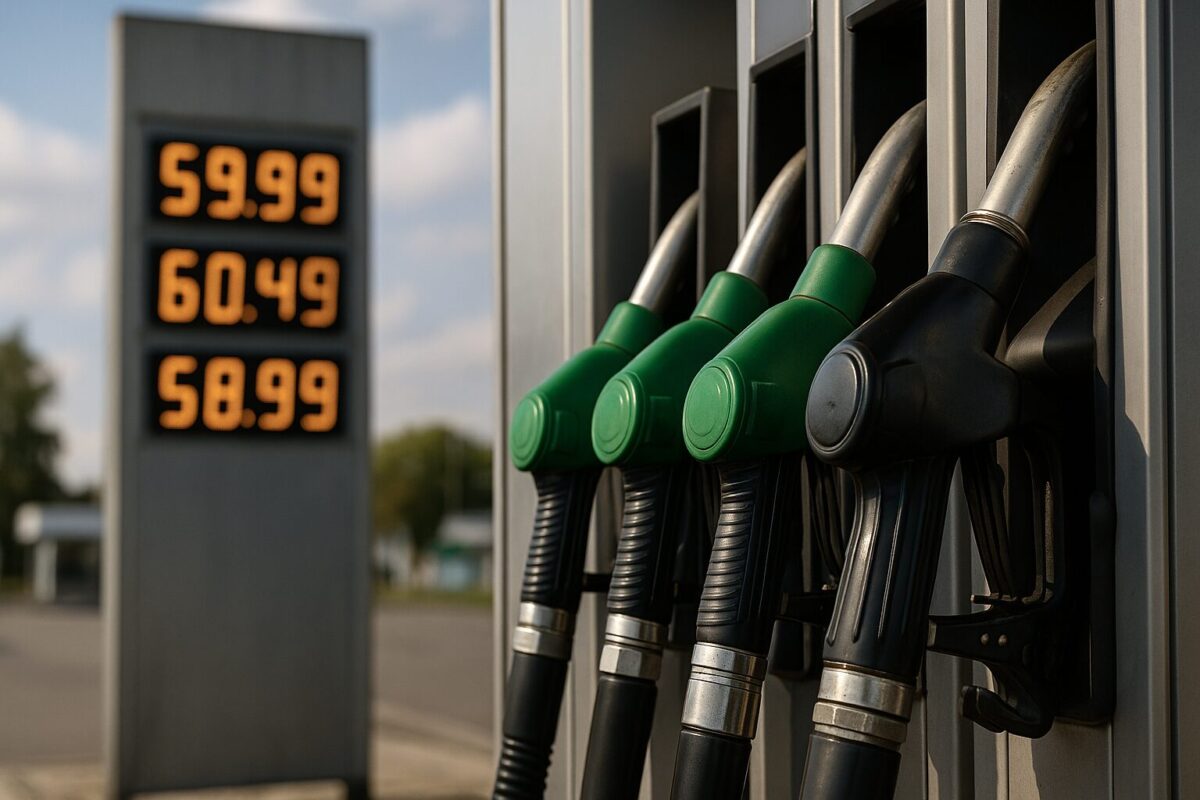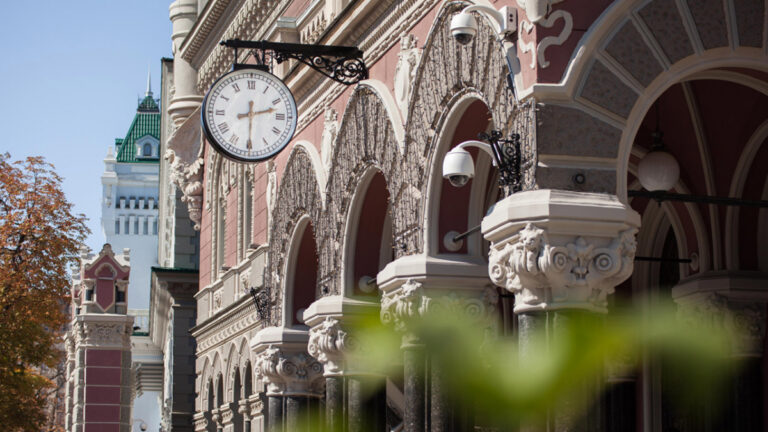
Why Are Fuel Prices Rising in Ukraine? Market Analysis and Forecasts for 2025
For Ukrainian drivers, every trip to the gas station has become a small check-up on the country’s economy. In recent weeks, fuel prices at filling stations have noticeably increased. Is this process endless, what is driving it, and what do experts predict? Here’s a detailed, fact-based analysis with references to official and industry sources.
How Much Does Fuel Cost and Why Are Prices Rising?
As of early July 2025, the average price of gasoline at Ukrainian stations stands at 58-60 UAH per liter, while diesel ranges from 57-59 UAH. This data comes from the “A-95” Consulting Group and the “Nefterynok” analytical portal (source 1, source 2). In the premium segment, gasoline sometimes already exceeds 60 UAH, but most of the market remains around the average. Over the past week alone, diesel has risen by about 1 UAH, and gasoline by up to 2 UAH per liter. The main reason is external: the rise in global oil prices. Brent crude has increased since mid-June and now trades at $82–85 per barrel (early July). For comparison, in May, it was $75–77. This is confirmed by Bloomberg and Reuters.
What Drives Gasoline and Diesel Prices in Ukraine?
The key factor is the international oil market. Today, Ukraine imports almost all of its fuel: after the destruction of the Kremenchuk refinery, domestic production is insufficient, making price fluctuations on world exchanges critical. Another reason is geopolitics. The war in the Middle East has increased risks for the oil market: escalation in the region raises fears of a blockade of the Strait of Hormuz, which handles about 20% of global oil exports (source). Even if hostilities don’t directly threaten tankers, the market reacts instantly, driving prices higher “in advance.” A further influence is the exchange rate. Fuel is bought in foreign currency, so even a minor rise in the euro or dollar is immediately reflected at the pump.
Will There Be a Shortage? What Do the Forecasts Say?
According to Serhii Kuiun (“A-95”), prices may continue to rise by 1-2 UAH per liter in the near future. He emphasizes that sharp jumps are not expected, since companies are reluctant to breach the psychological 60 UAH/liter mark for most networks and will hold back price hikes by cutting their own margins. However, some stations already price gasoline above 60 UAH. Dmytro Liouushkin (“Prime” group) forecasts a potential increase of up to 5 UAH if oil and gas prices rise further or the euro strengthens. Volodymyr Omelchenko, director of energy programs at the Razumkov Center, agrees:
“If conflict in the Persian Gulf escalates, oil could reach $90 a barrel, and this will immediately be reflected in our prices.”
The good news is that, according to “A-95,” the necessary volumes of gasoline and diesel have already been contracted for the summer season, so there is no acute shortage.
Revelant
What’s Happening with Biofuel and Why the Delay Again?
On May 1, 2025, a requirement for mandatory 5% bioethanol blending in gasoline was set to take effect. However, the Verkhovna Rada postponed fines for stations failing to comply with this standard until January 1, 2026 (official resolution). The reason: loss of capacity at a major refinery and logistical challenges importing pre-blended fuel from Europe (where E10 is standard, not E5). At the same time, experts view this as an opportunity to launch Ukraine’s own ethanol-blending capacity. Kuiun believes that moving to E10 next year will boost the industry and be practically unnoticeable for consumers. All required fuel volumes for the coming months are already secured by contract.
What Does This Mean for Consumers?
- The fuel situation is tense, but not critical. Ukraine relies on imports, so global market and political changes immediately affect local prices.
- No dramatic spikes are forecast, as growth is gradual and the market tries to keep customers.
- There is no shortage: even during peak season, demand is covered by existing contracts.
- Bioethanol requirements have been delayed, but the industry is developing 2026 is realistic for the next step, which could make the fuel market more flexible and independent.
- Prices depend on oil and exchange rates: as long as these factors remain uncertain, prices are unlikely to fall, but also unlikely to skyrocket.















